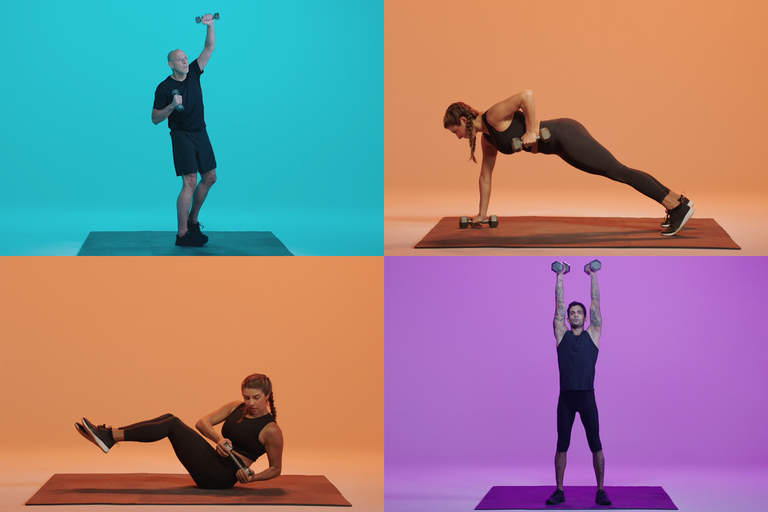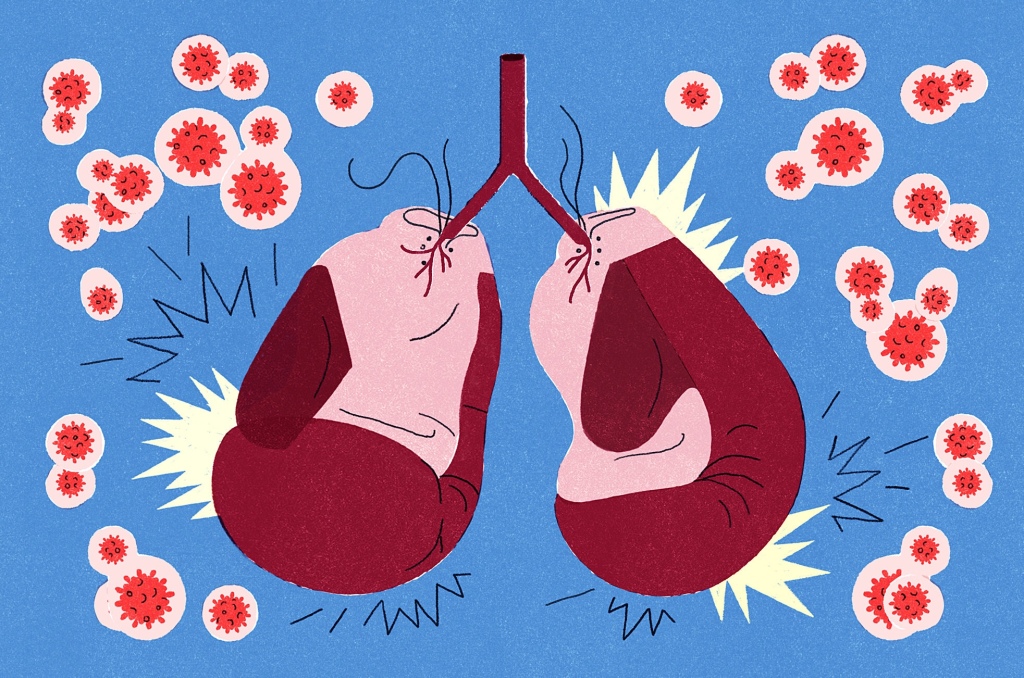The term “fight or flight” is also known as the stress response. It’s what the body does as it prepares to confront or avoid danger. When appropriately invoked, the stress response helps us rise to many challenges. But trouble starts when this response is constantly provoked by less momentous, day-to-day events, such as money woes, traffic jams, job worries, or relationship problems.
Health problems are one result. A prime example is high blood pressure, a major risk factor for heart disease. The stress response also suppresses the immune system, increasing susceptibility to colds and other illnesses. Moreover, the buildup of stress can contribute to anxiety and depression. We can’t avoid all sources of stress in our lives, nor would we want to. But we can develop healthier ways of responding to them. One way is to invoke the relaxation response, through a technique first developed in the 1970s at Harvard Medical School by cardiologist Dr. Herbert Benson. The relaxation response is a state of profound rest that can be elicited in many ways, including meditation, yoga, and progressive muscle relaxation.
Breath focus is a common feature of several techniques that evoke the relaxation response. The first step is learning to breathe deeply.

Deep breathing benefits
Deep breathing also goes by the names of diaphragmatic breathing, abdominal breathing, belly breathing, and paced respiration. When you breathe deeply, the air coming in through your nose fully fills your lungs, and the lower belly rises.
For many of us, deep breathing seems unnatural. There are several reasons for this. For one, body image has a negative impact on respiration in our culture. A flat stomach is considered attractive, so women (and men) tend to hold in their stomach muscles. This interferes with deep breathing and gradually makes shallow “chest breathing” seem normal, which increases tension and anxiety.
Shallow breathing limits the diaphragm’s range of motion. The lowest part of the lungs doesn’t get a full share of oxygenated air. That can make you feel short of breath and anxious.
Deep abdominal breathing encourages full oxygen exchange — that is, the beneficial trade of incoming oxygen for outgoing carbon dioxide. Not surprisingly, it can slow the heartbeat and lower or stabilize blood pressure.
Practicing breath focus
Breath focus helps you concentrate on slow, deep breathing and aids you in disengaging from distracting thoughts and sensations. It’s especially helpful if you tend to hold in your stomach.
First steps. Find a quiet, comfortable place to sit or lie down. First, take a normal breath. Then try a deep breath: Breathe in slowly through your nose, allowing your chest and lower belly to rise as you fill your lungs. Let your abdomen expand fully. Now breathe out slowly through your mouth (or your nose, if that feels more natural).
Breath focus in practice. Once you’ve taken the steps above, you can move on to regular practice of controlled breathing. As you sit comfortably with your eyes closed, blend deep breathing with helpful imagery and perhaps a focus word or phrase that helps you relax.
Ways to elicit the relaxation response
Several techniques can help you turn down your response to stress. Breath focus helps with nearly all of them:
- Progressive muscle relaxation
- Mindfulness meditation
- Yoga, tai chi, and Qi Gong
- Repetitive prayer
- Guided imagery
Creating a routine
You may want to try several different relaxation techniques to see which one works best for you. And if your favorite approach fails to engage you, or you want some variety, you’ll have alternatives. You may also find the following tips helpful:
- Choose a special place where you can sit (or lie down) comfortably and quietly.
- Don’t try too hard. That may just cause you to tense up.
- Don’t be too passive, either. The key to eliciting the relaxation response lies in shifting your focus from stressors to deeper, calmer rhythms — and having a focal point is essential.
- Try to practice once or twice a day, always at the same time, in order to enhance the sense of ritual and establish a habit.
- Try to practice at least 10–20 minutes each day.
Original article: https://www.health.harvard.edu/mind-and-mood/relaxation-techniques-breath-control-helps-quell-errant-stress-response



